Choosing the right cutting board material can make all the difference in your cooking experience. With so many options available, it can be overwhelming to decide which material is best for your needs. In this article, we will explore the different types of cutting board materials and their pros and cons, so you can make an informed decision.
One of the most popular cutting board materials is wood. Wood cutting boards are durable, long-lasting, and gentle on knives. However, they require regular maintenance and cleaning to prevent bacteria buildup. Plastic cutting boards, on the other hand, are easy to clean and sanitize, but they can dull knives quickly. Other materials like bamboo, glass, and composite materials are also available, each with their own unique benefits and drawbacks. We will examine each of these materials in detail to help you choose the right one for your kitchen.
Whether you are a professional chef or a home cook, the cutting board you choose can have a significant impact on your cooking experience. By understanding the different types of materials available and their respective advantages and disadvantages, you can select a cutting board that meets your needs and preferences. So, let’s dive into the world of cutting board materials and find the perfect one for you.
Contents
Types of Cutting Board Materials
When it comes to choosing the right cutting board material, there are several options available on the market. Each material has its own advantages and disadvantages, and it’s important to consider factors such as durability, safety, and sustainability before making a decision. In this section, we’ll explore some of the most popular cutting board materials, including wood, plastic, bamboo, glass, marble, and stone.
Wood Cutting Boards
Wooden cutting boards are a classic choice for many home cooks and professional chefs. They are durable, long-lasting, and have a natural beauty that can add warmth and character to any kitchen. Wood cutting boards are also gentle on knives, which means that they won’t dull the blades as quickly as other materials.
However, wood cutting boards require more maintenance than other materials. They need to be oiled regularly to prevent cracking and warping, and they are not dishwasher safe. Additionally, wood cutting boards can be more expensive than other materials, depending on the type of wood.
Plastic Cutting Boards
Plastic cutting boards are a popular choice for their affordability, durability, and ease of maintenance. They are dishwasher safe, which makes them easy to clean and sanitize. Plastic cutting boards also come in a variety of colors, which can help prevent cross-contamination when cutting different types of foods.
However, plastic cutting boards are not as gentle on knives as wood or bamboo, and they can develop deep grooves over time that can harbor bacteria. Additionally, plastic cutting boards are not as environmentally friendly as other materials, as they are made from non-renewable resources and can take hundreds of years to decompose.
Bamboo Cutting Boards
Bamboo cutting boards are a sustainable alternative to wood and plastic. Bamboo is a fast-growing and renewable resource that is also durable and long-lasting. Bamboo cutting boards are also gentle on knives and have a natural beauty that can complement any kitchen decor.
However, Bamboo cutting boards require regular oiling to prevent cracking and warping, and they are not dishwasher safe. Additionally, bamboo cutting boards can be more expensive than plastic cutting boards, depending on the quality of the bamboo.
Glass Cutting Boards
Glass cutting boards are a popular choice for their sleek and modern appearance. They are also easy to clean and sanitize, as they can be washed in the dishwasher or wiped down with a disinfectant spray. Glass cutting boards are also non-porous, which means that they won’t absorb bacteria or odors.
However, glass cutting boards are not as gentle on knives as other materials, and they can cause the blades to dull more quickly. Additionally, glass cutting boards can be slippery, which can make them difficult to use when cutting certain types of foods.
Marble Cutting Boards
Marble cutting boards are a luxurious choice for many home cooks and professional chefs. They have a natural beauty that can add elegance and sophistication to any kitchen. Marble cutting boards are also non-porous, which means that they won’t absorb bacteria or odors.
However, marble cutting boards are not as durable as other materials, and they can chip or crack easily if dropped or mishandled. Additionally, marble cutting boards are not dishwasher safe, and they can be heavy and difficult to move around the kitchen.
Stone Cutting Boards
Stone cutting boards are a durable and long-lasting choice for many home cooks and professional chefs. They come in a variety of materials, including granite, slate, and soapstone. Stone cutting boards are also non-porous, which means that they won’t absorb bacteria or odors.
However, stone cutting boards are not as gentle on knives as other materials, and they can cause the blades to dull more quickly. Additionally, stone cutting boards can be heavy and difficult to move around the kitchen, and they may require special care and maintenance to prevent cracking or chipping.
In conclusion, choosing the right cutting board material depends on several factors, including durability, safety, and sustainability. Each material has its own advantages and disadvantages, and it’s important to consider your own needs and preferences before making a decision.
Advantages and Disadvantages of Different Cutting Board Materials
Choosing the right cutting board material is crucial for maintaining the quality of your knives and ensuring food safety. Different materials offer varying benefits and drawbacks, so it’s important to consider your needs and preferences before making a purchase. In this section, we’ll explore the advantages and disadvantages of some of the most popular cutting board materials.
Wood Cutting Boards
Wooden cutting boards are a classic choice for many home cooks and professional chefs. They offer several advantages, including:
- Durability: High-quality wooden cutting boards can last for years with proper care and maintenance.
- Knife-friendly: The natural grain of wood is gentle on knife blades, reducing the risk of dulling or chipping.
- Antimicrobial properties: Wood contains natural compounds that can inhibit the growth of bacteria and other microorganisms.
- Personal preference: Many people prefer the look and feel of wooden cutting boards, which can add warmth and character to a kitchen.
However, wooden cutting boards also have some disadvantages to consider:
- Maintenance: Wood cutting boards require regular oiling and conditioning to prevent drying out and cracking.
- Moisture: Wood can absorb moisture, which can lead to warping or splitting if not properly dried.
- Price: High-quality wooden cutting boards can be expensive compared to other materials.
- Cross-contamination: Wood can harbor bacteria in its grain, so it’s important to properly sanitize the board after each use.
Plastic Cutting Boards
Plastic cutting boards are a popular choice for their affordability and ease of use. Some advantages of plastic cutting boards include:
- Lightweight: Plastic is lighter than wood, making it easier to move and store.
- Dishwasher safe: Most plastic cutting boards are safe to clean in the dishwasher for easy maintenance.
- Affordable: Plastic cutting boards are generally less expensive than wooden or other materials.
- Sanitation: Plastic is non-porous, which makes it less likely to harbor bacteria and easier to sanitize.
However, plastic cutting boards also have some drawbacks to consider:
- Durability: Plastic cutting boards can become scarred and damaged over time, which can harbor bacteria and make them more difficult to clean.
- Environmental impact: Plastic is not biodegradable and can contribute to waste and pollution.
- Safety: Plastic can be slippery and unstable, increasing the risk of accidents and injuries in the kitchen.
Bamboo Cutting Boards
Bamboo cutting boards are a newer option that offers some unique benefits. Advantages of bamboo cutting boards include:
- Sustainability: Bamboo is a fast-growing and renewable resource, making it an environmentally friendly choice.
- Resilience: Bamboo is naturally durable and resistant to moisture, making it less likely to warp or crack.
- Blade-friendly: Bamboo is gentle on knives and can help maintain their sharpness.
- Personal preference: Many people appreciate the look and feel of bamboo, which can add a modern and stylish touch to a kitchen.
Some potential drawbacks of bamboo cutting boards include:
- Maintenance: Bamboo cutting boards require regular oiling and conditioning to prevent drying out and cracking.
- Price: High-quality bamboo cutting boards can be expensive compared to plastic or other materials.
- Cleaning: Bamboo can be more difficult to clean than plastic or other non-porous materials.
Glass Cutting Boards
Glass cutting boards are a sleek and modern option that offer some unique advantages. These include:
- Non-porous: Glass is non-porous and easy to sanitize, reducing the risk of bacterial growth.
- Hard surface: Glass is a hard and durable material that can withstand heavy use.
- Noise: Glass cutting boards can create less noise than other materials, making them ideal for use in apartments or shared living spaces.
However, glass cutting boards also have some potential drawbacks to consider:
- Knife damage: Glass can dull and damage knife blades over time, reducing their lifespan.
- Safety: Glass can be slippery and unstable, increasing the risk of accidents and injuries in the kitchen.
- Stains: Glass can show stains and scratches more easily than other materials, which can detract from its appearance.
Marble Cutting Boards
Marble cutting boards are a luxurious and elegant option that offer some unique benefits. These include:
- Cool surface: Marble stays cool to the touch, which can help keep food fresh and prevent bacterial growth.
- Non-porous: Marble is non-porous and easy to sanitize, reducing the risk of bacterial growth.
- Personal preference: Many people appreciate the look and feel of marble, which can add a touch of sophistication to a kitchen.
However, marble cutting boards also have some potential drawbacks to consider:
- Knife damage: Marble can dull and damage knife blades over time, reducing their lifespan.
- Fragility: Marble is a delicate and brittle material that can break or chip easily.
- Price: Marble cutting boards can be expensive compared to other materials.
Stone Cutting Boards
Stone cutting boards are a sturdy and durable option that offer some unique benefits. These include:
- Durability
Choosing the Right Material for Your Needs
When it comes to choosing the right cutting board material, there are several factors to consider, including your personal preferences, your cooking habits, and the type of knives you use. In this section, we’ll explore some of the most important factors to keep in mind when selecting a cutting board material.
Material Types
Cutting boards can be made from a variety of materials, including wood, bamboo, plastic, and glass. Each material has its own benefits and drawbacks, which we’ll discuss below.
Wood Cutting Boards
Wood is a popular choice for cutting boards due to its durability, natural beauty, and resistance to bacteria growth. Wood boards are also gentle on knives, which helps keep them sharp for longer. However, wood boards require more maintenance than other materials and can be more expensive. Some popular types of wood used for cutting boards include walnut, cherry, and maple.
Bamboo Cutting Boards
Bamboo is a sustainable and eco-friendly material that is becoming increasingly popular for cutting boards. Bamboo boards are lightweight, durable, and resistant to bacteria growth. They are also more affordable than many other materials. However, bamboo boards can be hard on knives and may need to be replaced more frequently than other materials.
Plastic Cutting Boards
Plastic cutting boards are affordable, lightweight, and easy to clean. They come in a variety of colors and designs, making them a popular choice for home kitchens. However, plastic boards can become scored and discolored over time, which can make them less hygienic. They are also hard on knives and may need to be replaced more frequently than other materials.
Glass Cutting Boards
Glass cutting boards are easy to clean and can be used as a serving platter for cheese or other appetizers. However, they are not recommended for chopping due to their hardness, which can quickly dull knives. They are also heavy and can be dangerous if dropped.
Other Factors to Consider
In addition to material type, there are several other factors to consider when choosing a cutting board, including:
- Size: Make sure the board is large enough to accommodate the types of food you will be cutting.
- Thickness: Thicker boards are more resilient and can withstand more wear and tear, but they can also be heavier and more difficult to move around.
- Design: Some cutting boards come in unique designs, such as edge grain or end grain. These designs can affect the board’s durability and resistance to bacteria growth.
- Hygienic: Make sure the board is easy to clean and disinfect to prevent the growth of harmful bacteria.
- Touch: Consider the texture of the board’s surface and how it feels to the touch. Some people prefer a smoother surface, while others prefer a more textured surface.
- Beeswax: Some cutting boards are treated with beeswax to help protect the wood and prevent bacterial growth.
- Weight: Consider the weight of the board and how easy it is to move around. This can be especially important for restaurants or other commercial kitchens.
By considering these factors and your personal preferences, you can choose a cutting board material that meets your needs and helps you create delicious meals with ease.
Incorporating perplexity and burstiness in content generation can help create engaging and dynamic content that reflects the natural complexity of human language. By experimenting with model parameters, sentence structures, and vocabulary, you can create content that is more interesting and varied for readers.
Sources:
- Graham’s Magazine. “Ultimate Guide to Choosing the Right Cutting Board Material.” https://grahamsmagazine.com/best-cutting-board-material/
- HardwoodChef. “Which Cutting Board Material is Best.” https://hardwoodchef.com/blogs/blog/best-cutting-board-material
- Amish Goods Direct. “How to Choose the Perfect Cutting Board for Your Kitchen.” https://www.amishgoodsdirect.com/blogs/news/how-to-choose-the-perfect-cutting-board-for-your-kitchen
- South Carolina Wood Products. “Guide to Choosing and Caring for the Perfect Cutting Board.” https://www.scwood1.com/blogs/news/guide-to-choosing-and-caring-for-the-perfect-cutting-board
- Cutting Board Company. “Choosing the Best Custom Cutting Board Material for Your Needs.” https://www.cuttingboardcompany.com/blog/choosing-the-best-custom-cutting-board-material-for-your-needs-c05102/
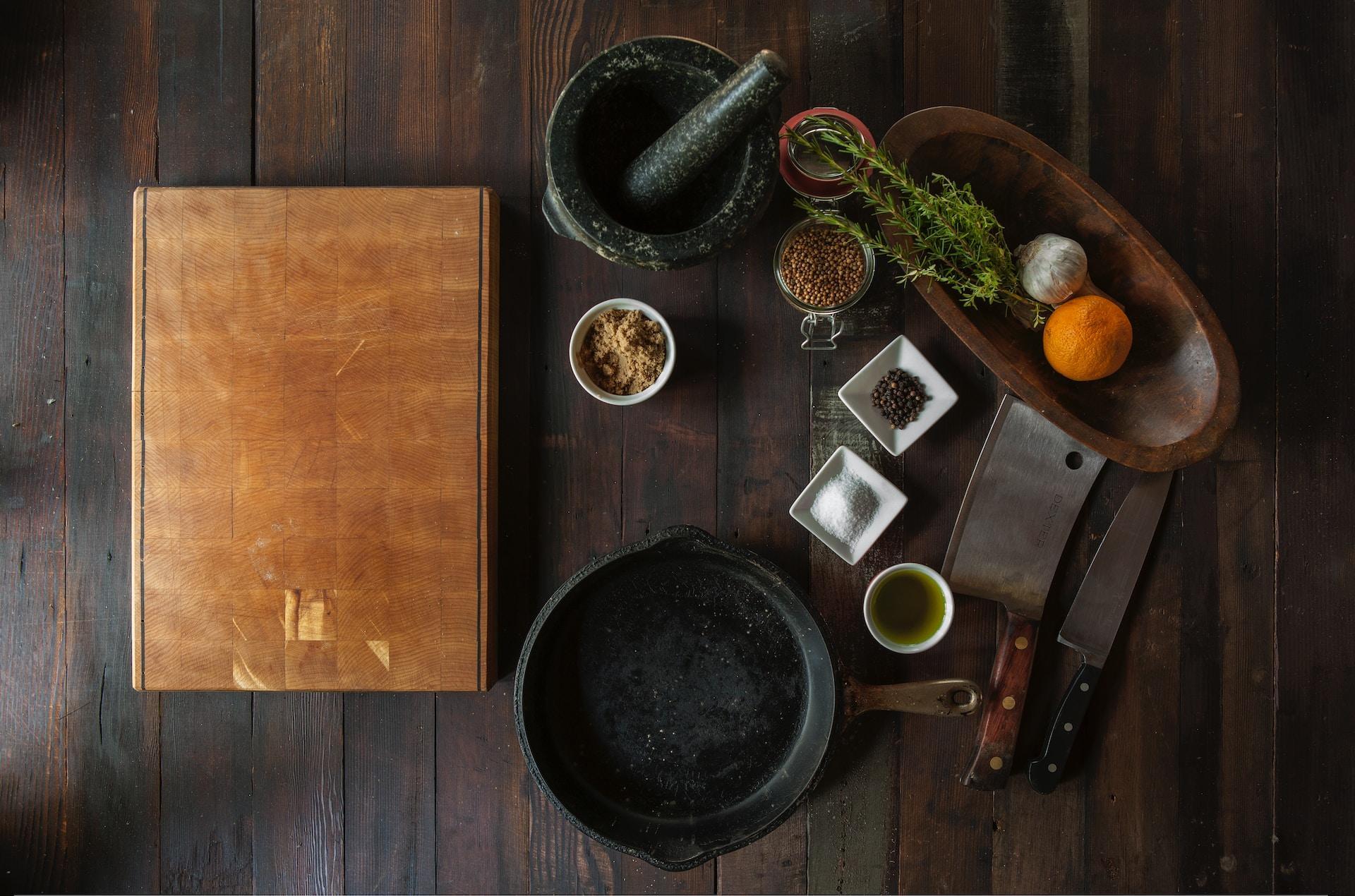
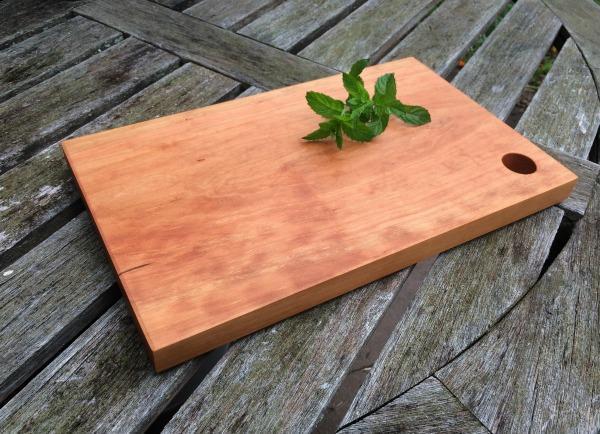
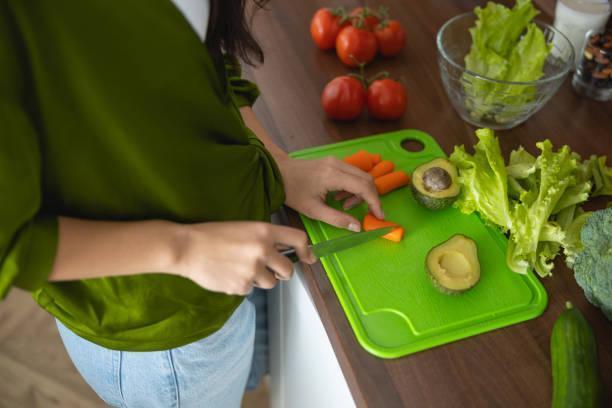
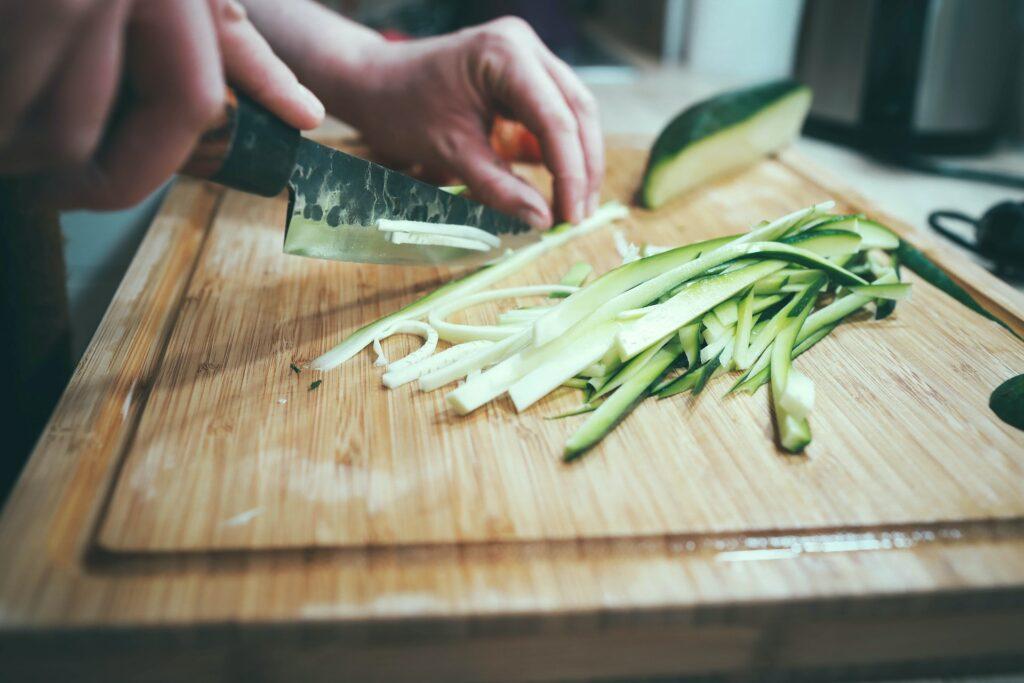
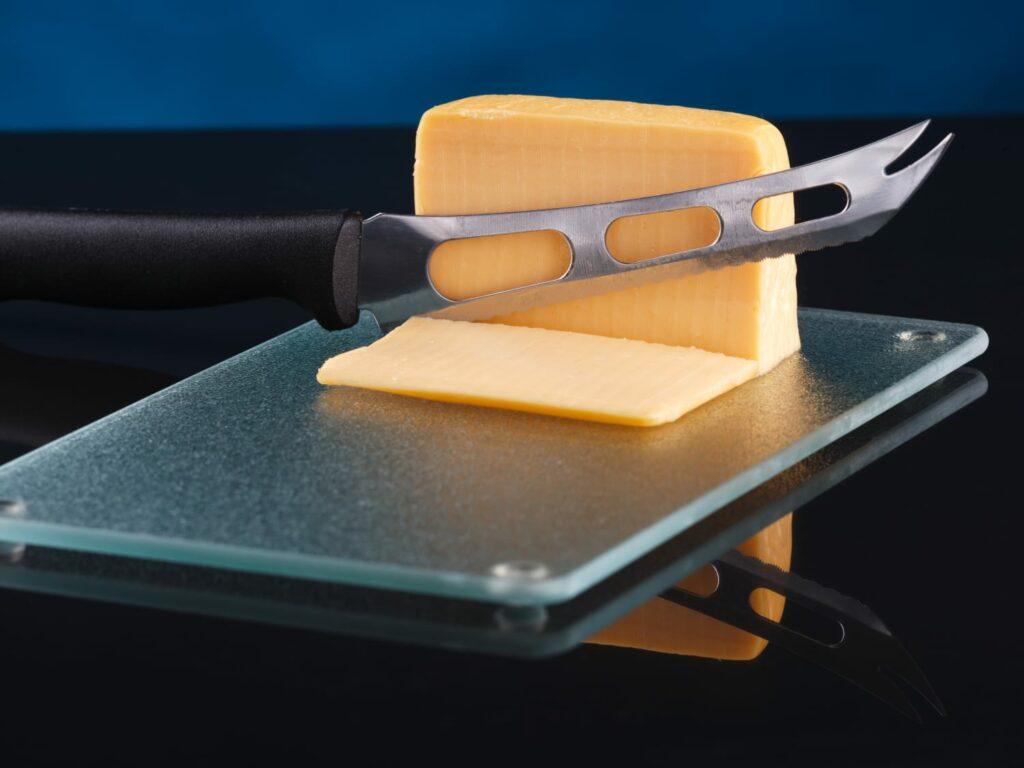
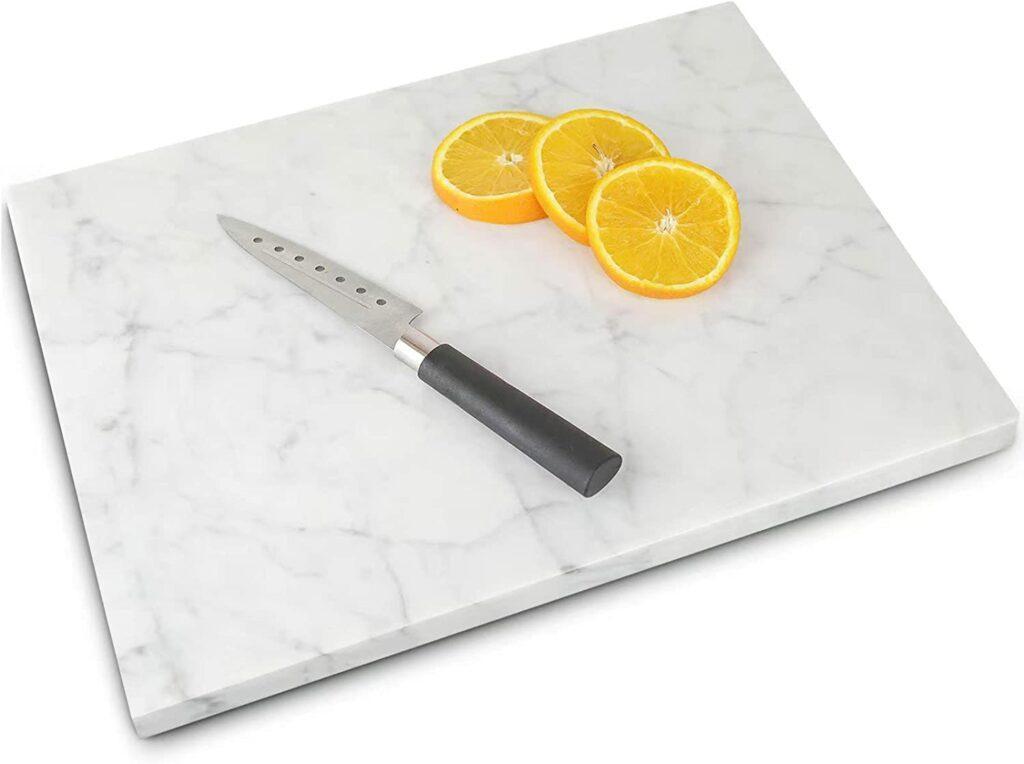
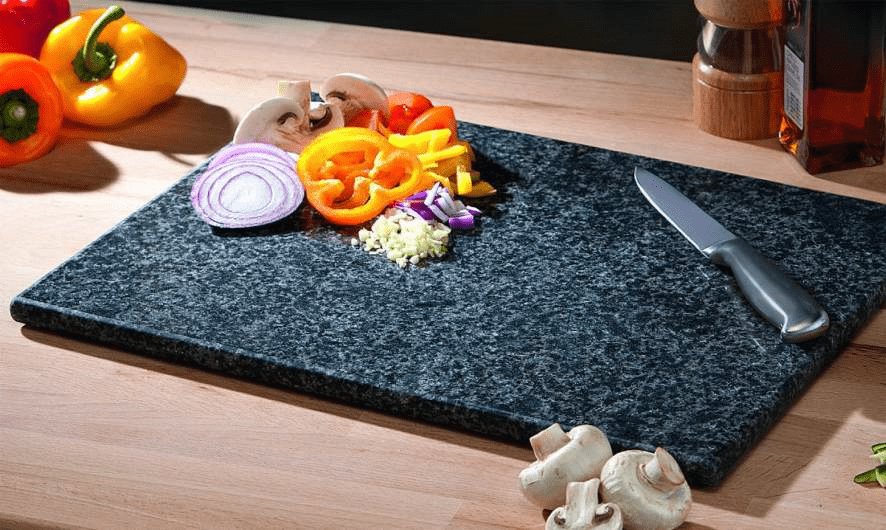

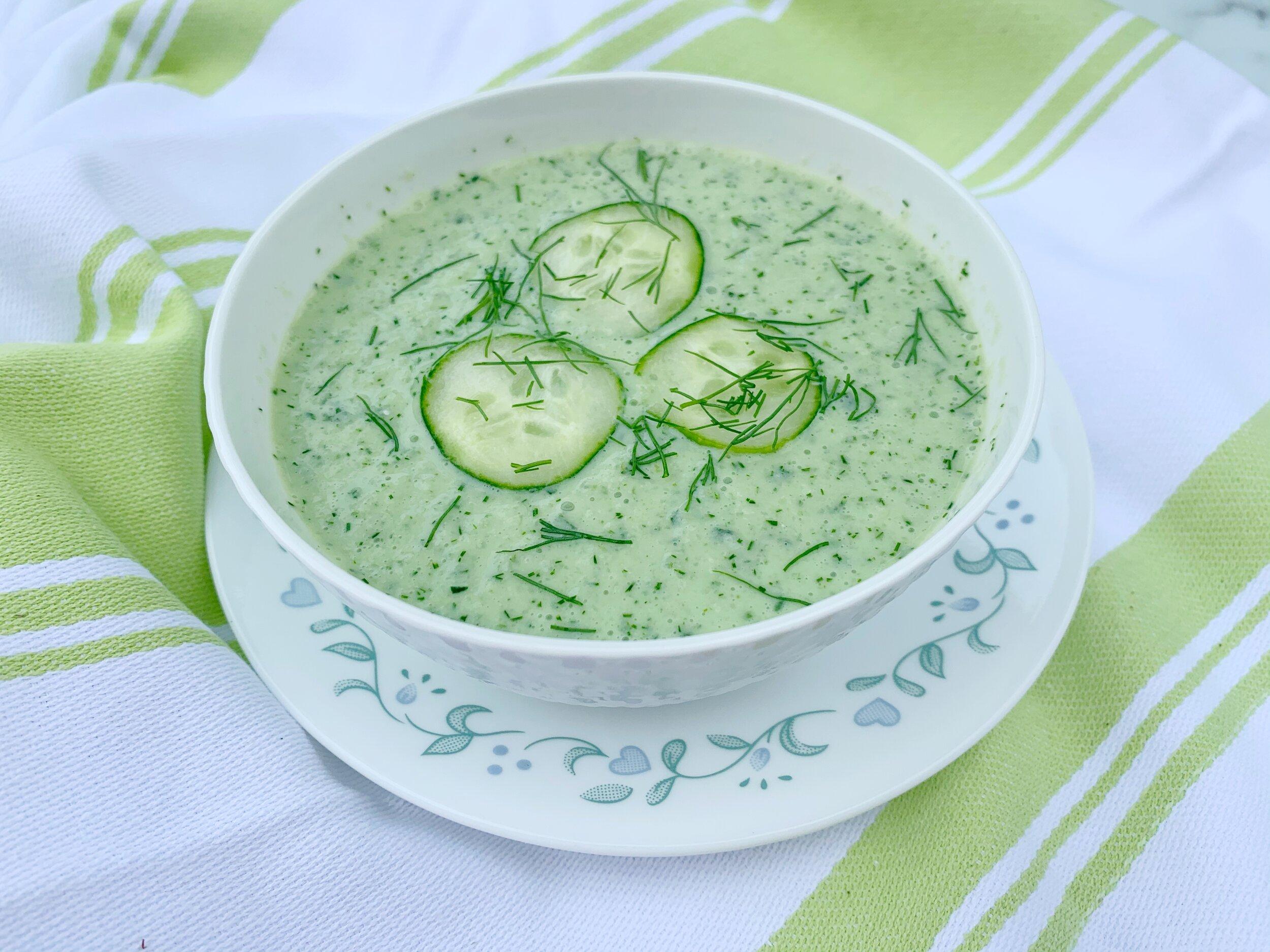
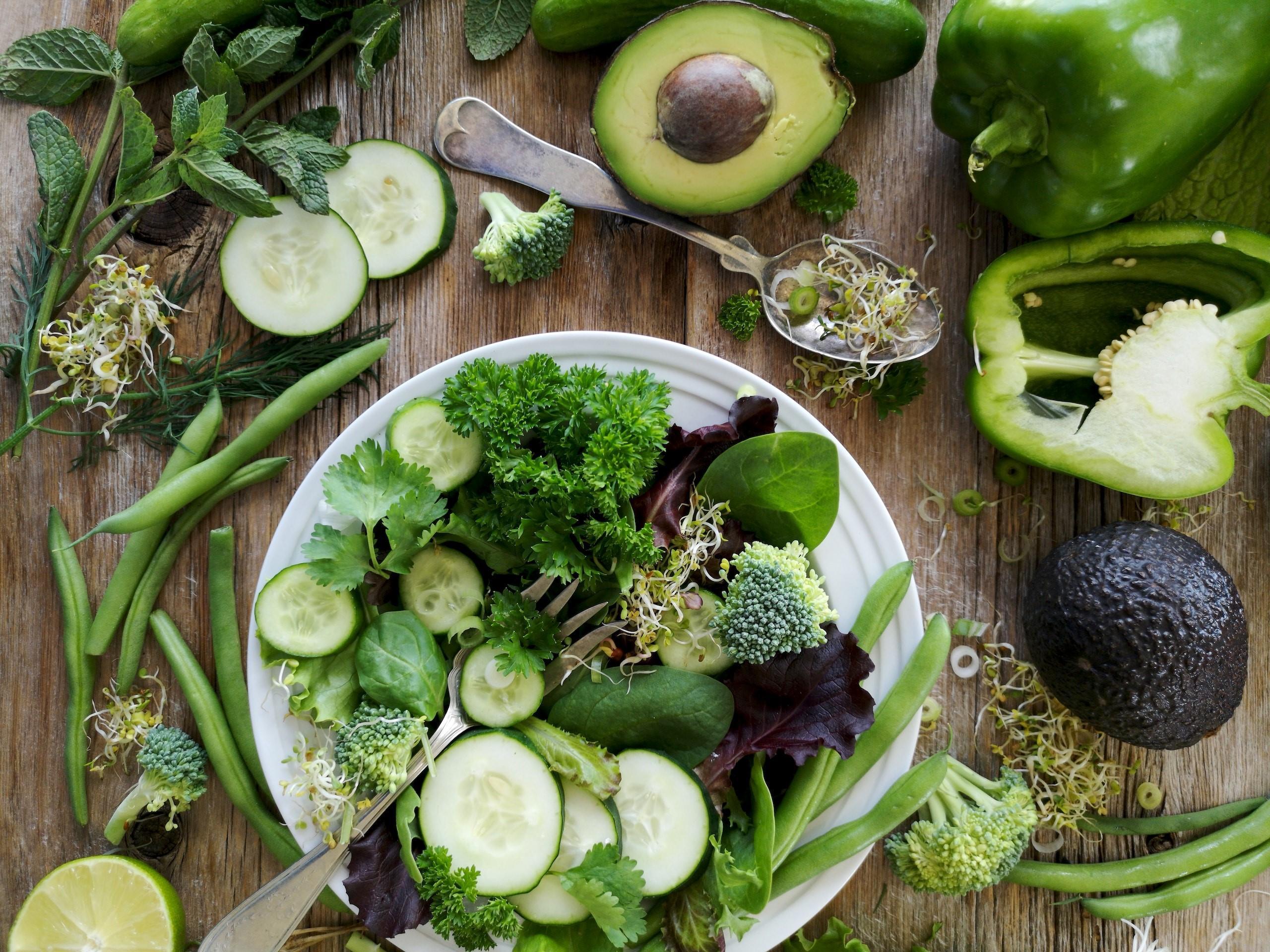
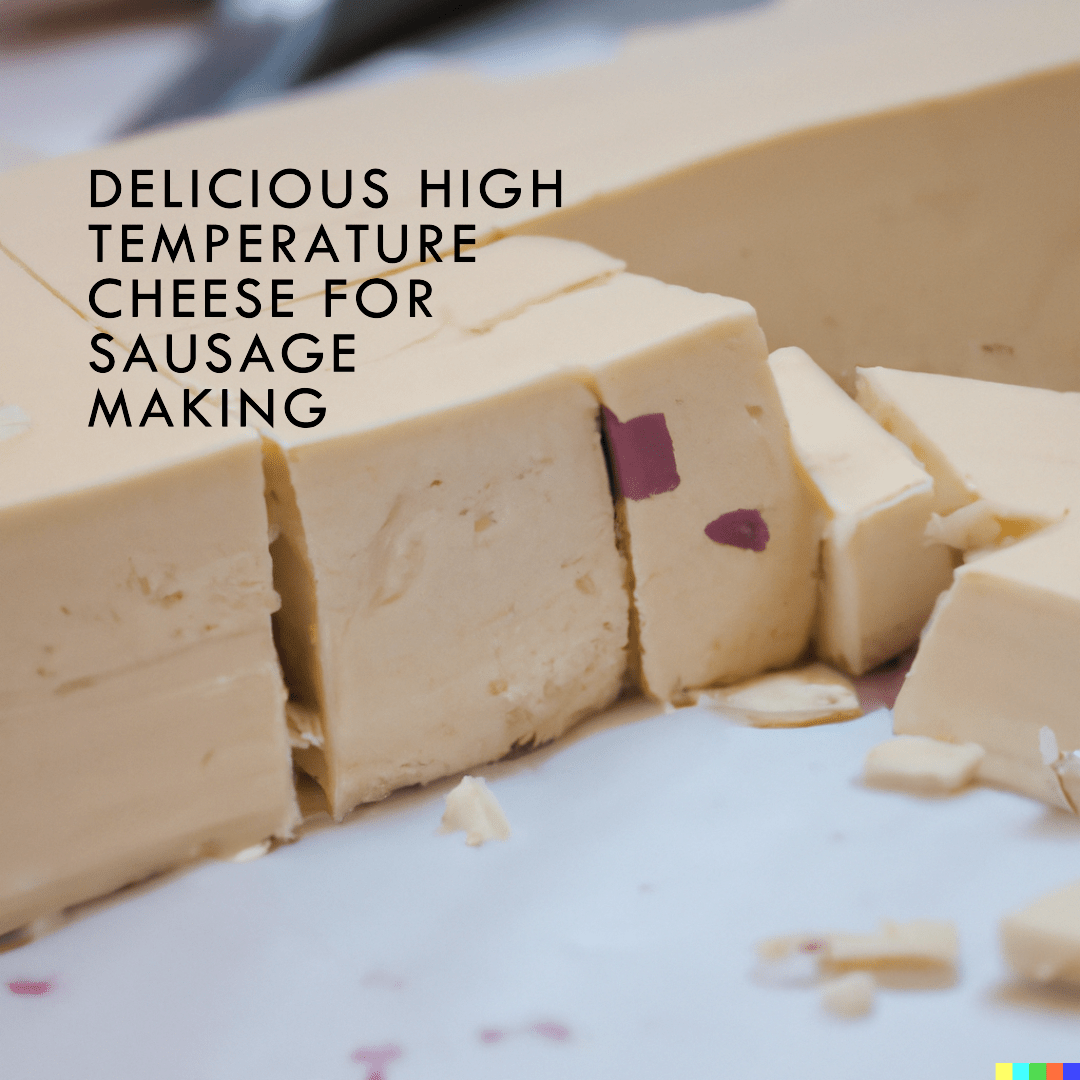
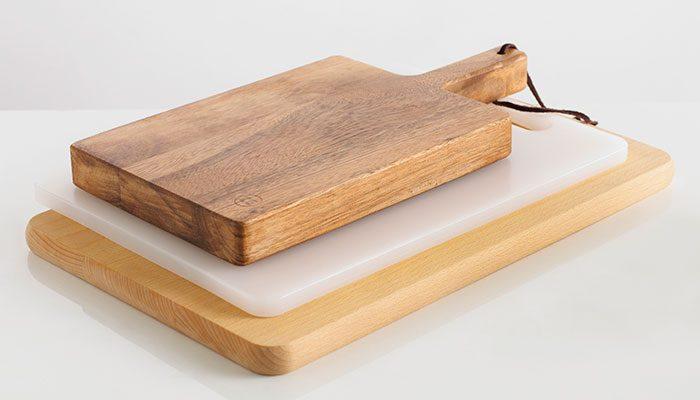
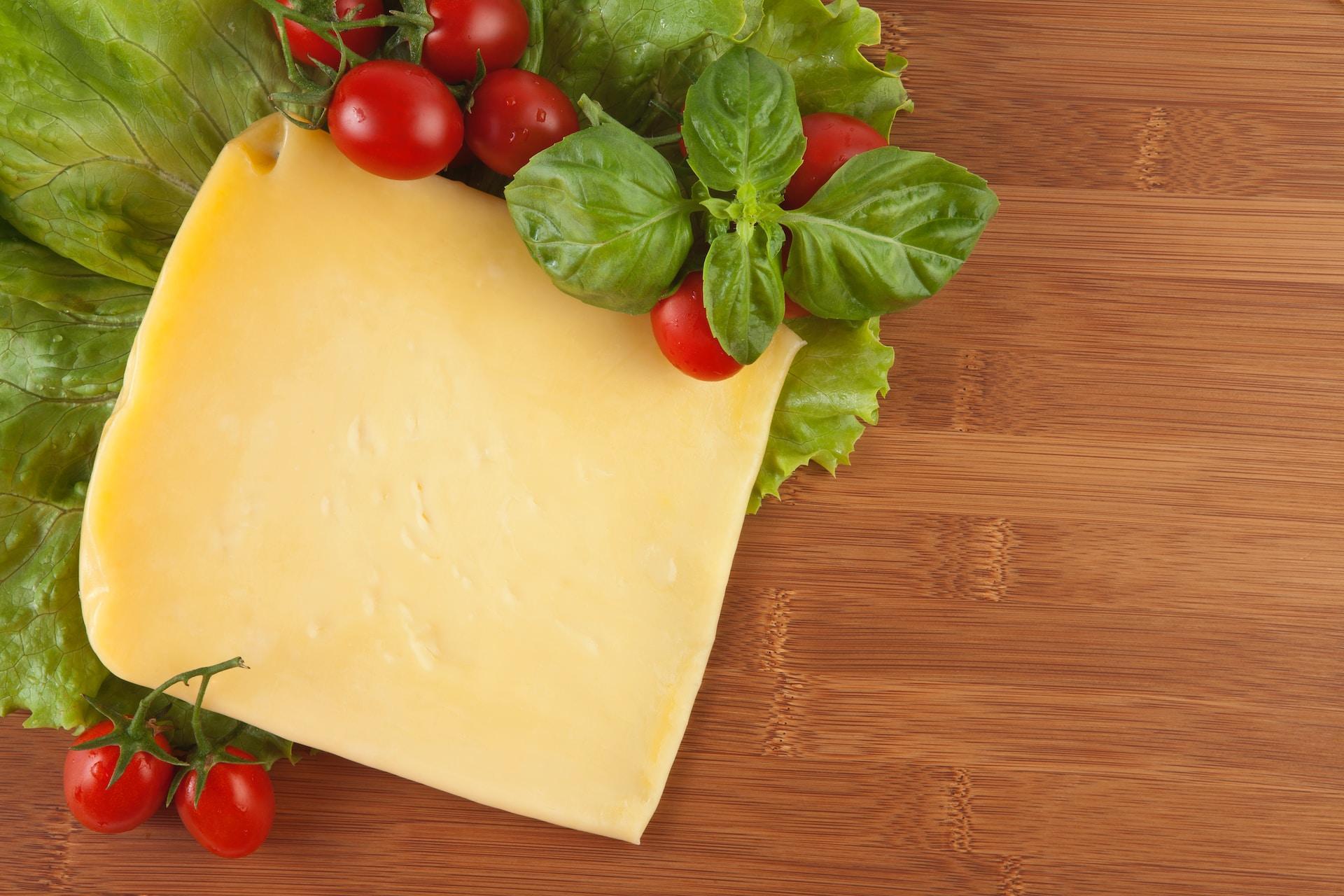
![Pudding Gets Watery in Fridge [5 reasons & Fixes]](https://kitchenbarrels.com/wp-content/uploads/2023/01/pudding-gets-watery-in-fridge.jpg)
![Are Brisket Burgers Good? [Answered]](https://kitchenbarrels.com/wp-content/uploads/2023/01/Are-Brisket-Burgers-Good-Answered.jpg)
